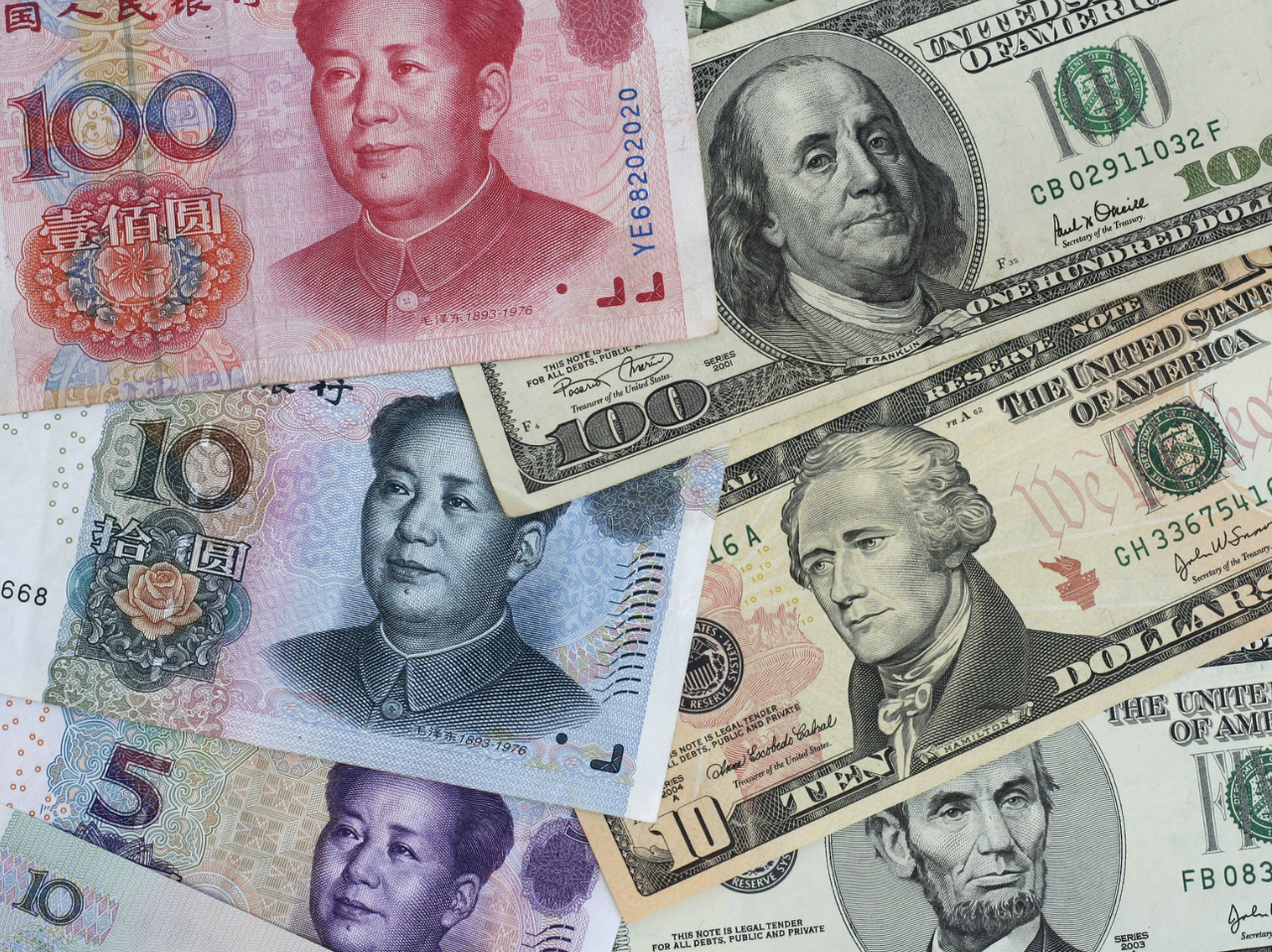China is reportedly considering raising 6 trillion yuan ($850 billion) through special treasury bonds over the next three years to revive its weakening economy, according to a local media report. Despite this significant figure, the news failed to spark enthusiasm in China’s stock market.
Key Market Developments:
- Debt Plan: The Caixin Global report, citing informed sources, comes after Finance Minister Lan Foan stated over the weekend that Beijing would “significantly increase” debt. However, the lack of specifics around the scale and timing of these fiscal measures left some investors underwhelmed.
- Market Reaction: Although Chinese shares surged to two-year highs earlier this month on speculation about new stimulus measures, they have since dipped. On Tuesday, stocks dropped by about 0.3%, reflecting investors’ tempered expectations despite the reported fiscal boost.
- Analyst Take: Xing Zhaopeng, ANZ’s senior China strategist, remarked that the reported debt increase aligns with expectations, adding that the stimulus should support a 5% growth target for next year.
- Fiscal Stimulus: Reports from last month indicated that China was planning to issue 2 trillion yuan ($285 billion) in special sovereign bonds this year as part of broader efforts to stimulate the economy. Data from recent months, including trade and lending figures, have consistently fallen short of forecasts, further fueling concerns about the country’s ability to meet its roughly 5% annual growth target.
Economic Outlook:
- Growth Projections: According to a Reuters poll, China’s economic growth is expected to slow to 4.5% in the third quarter, down from 4.7% in the second quarter, but is projected to rebound in the fourth quarter due to fiscal stimulus, potentially reaching 4.8% for the full year.
- Government Strategy: In late September, China rolled out monetary stimulus and support measures for the property sector. Soon after, the Politburo, the Communist Party’s top decision-making body, pledged “necessary spending” to restore growth momentum.
Broader Economic Challenges:
- Debt and Fiscal Issues: The reported funds would help local governments manage their off-the-books debts. China’s central government debt currently stands at 24% of GDP, while overall public debt, including local government obligations, is estimated at $16 trillion, or 116% of GDP.
- Local Government Struggles: The ongoing downturn in China’s property market, which began in 2021, has sharply reduced local government revenues. This crisis has highlighted China’s reliance on external markets and debt-driven infrastructure and manufacturing investments.
- Household Spending: China’s household spending remains significantly lower than the global average, contributing to an imbalance in the country’s economy. Investment far exceeds consumption, and this dynamic has sparked trade tensions with major global markets, including the United States and Europe.
Future Prospects:
Despite the expected fiscal boost, experts warn that consistently achieving 5% growth over the next few years will be challenging, particularly if global demand softens. Lynn Song, ING’s greater China chief economist, emphasized the difficulty of sustaining growth amid a potentially less favorable external environment.
More details about the fiscal measures are expected to emerge during an upcoming meeting of the Standing Committee of the National People’s Congress, China’s top legislative body.





